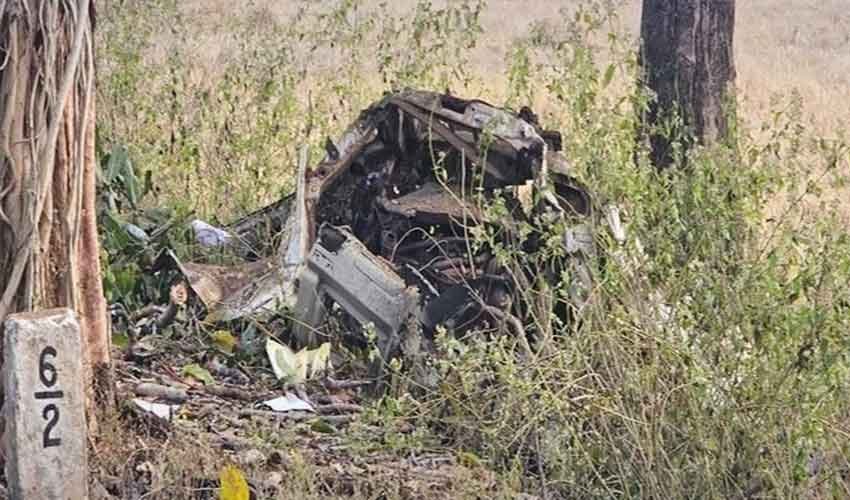

In a tragic Maoist ambush in Chhattisgarh’s Bijapur district, nine Indian security personnel, including eight District Reserve Guard (DRG) jawans and a driver, lost their lives when their vehicle was struck by a powerful improvised explosive device (IED).
Trump Team Weighs Targeted Tariffs on Critical Imports, Moving Away from Universal Approach
The incident occurred as the team was returning from an anti-Maoist operation earlier in the day. Security forces had successfully neutralized five Maoist rebels in the Abujhmad region, recovering weapons, including AK-47s and self-loading rifles. Among the neutralized rebels were two women, highlighting the continued presence of female combatants in Maoist ranks.
The IED blast, believed to have employed the “foxhole” technique, created a massive crater at the ambush site. This method involves burying explosives in concealed pits filled with stones, making detection by mine-clearing teams extremely challenging.
Chhattisgarh Chief Minister Vishnudev Sai condemned the attack, calling it a “heinous and tragic act.” He expressed solidarity with the families of the fallen and reiterated the government’s commitment to eradicating Naxalism. The chief minister reaffirmed Union Home Minister Amit Shah’s ambitious goal of eliminating Maoist insurgency in the country by March 2026.
Inspector General of Police (Bastar Range), Sundarraj Pattilingam, confirmed that the DRG personnel were traveling back in a four-wheel-drive vehicle when the blast occurred. Detailed investigations into the attack and its circumstances are ongoing.
Concerns have been raised over a possible breach of standard operating procedures (SOPs). Security forces operating in this terrain typically avoid using larger vehicles, relying instead on foot patrols or motorbikes to minimize vulnerability to IED attacks.
The tragic incident underscores the persistent threat posed by Maoist insurgents in India’s “Red Corridor,” even as government forces intensify operations to combat the decades-long insurgency.